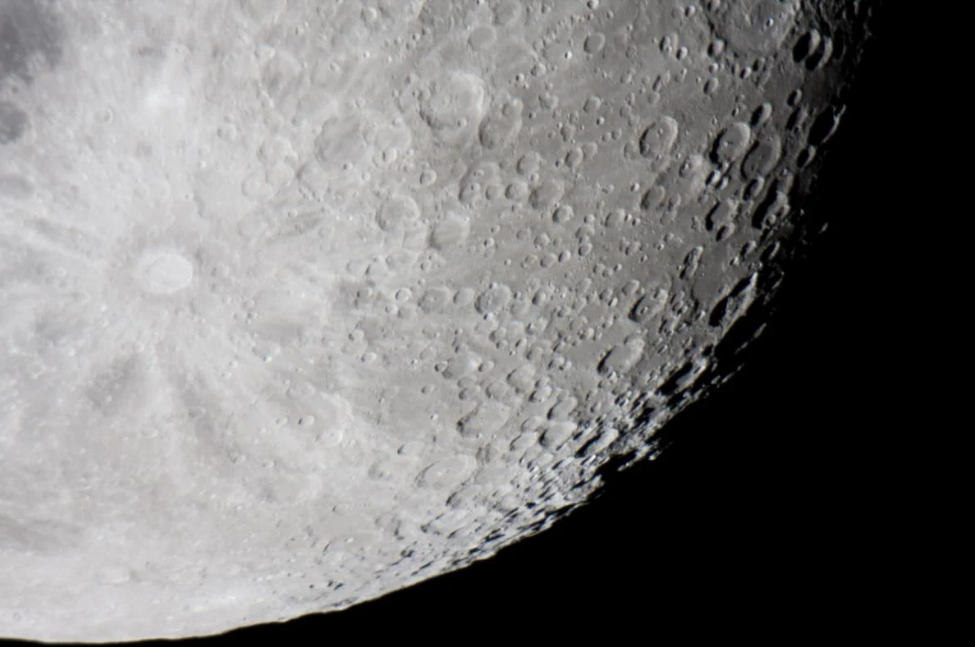
Moon is actively shrinking and collapsing: scientists warn of danger
In a new study, scientists have linked faults located in the moon’s South Polar Region to one of the most powerful lunar earthquakes recorded by Apollo seismometers more than 50 years ago.
According to a new study, the Moon is gradually shrinking, leading to a growing number of landslides that could endanger future astronauts.
The Earth’s natural satellite has lost as much as 100 meters in circumference over the past few hundred million years as its core has cooled, the Independent reports.
It may seem like a gradual process, but the compression is causing significant surface distortion in parts of the Moon’s south pole, including areas proposed for the landing of NASA’s Artemis 3 crew, say researchers at the University of Maryland.
Because the Moon’s shrinkage is accompanied by seismic activity, such as lunar earthquakes, scientists warn that locations near fault zones could pose a danger to future human explorers.
“The global distribution of young nodules, their potential for activity, and the possibility of new nodules forming as a result of ongoing global contraction should be considered when planning the location and stability of permanent outposts on the moon,” said study co-author Thomas Watters of the National Air and Space Museum.
They found that some areas of the Moon’s South Pole are particularly vulnerable to landslides due to seismic shaking.
Similar to earthquakes, lunar earthquakes are caused by faults inside the moon and can be strong enough to damage human-made structures and equipment on the lunar surface, scientists say.
But unlike earthquakes that last only a few seconds, lunar earthquakes can last for hours or even a whole day, which means that these shallow quakes can destroy future human settlements.
This is due to the fact that there is loose sediment on the surface of the Moon, formed as a result of billions of years of asteroid and comet collisions.
“You can think of the surface of the Moon as dry, grounded gravel and dust. For billions of years, asteroids and comets have been impacting the surface, with fragments constantly being ejected as a result of the impacts. As a result, the reworked surface material can range in size from a micron to a boulder, but they are all very loosely consolidated. The loose deposits make it possible for shocks and landslides to occur,” said Nicholas Schmerr, another author of the study.
NASA hopes to launch its first crewed flight to the moon in five decades as part of the Artemis mission in late 2024. As plans to permanently establish a long-term presence on the lunar surface evolve, the researchers hope to continue exploring the moon. identify more places that may be dangerous for human exploration.
“This work is helping us prepare for what lies ahead on the Moon, whether it’s engineering structures that can better withstand lunar seismic activity or protecting people from really dangerous areas,” said Dr. Schmerr.
Research of the month – the latest news
The Japanese SLIM spacecraft overturned while landing on the lunar surface and is therefore unable to receive solar energy for its batteries. Nevertheless, the Japanese space agency considers the SLIM mission to be a success overall.
Japan’s lander has achieved an extremely precise landing within 100 meters of its target, the space agency said on Thursday. Japan hopes that the demonstration of what it called a “spot” landing on the moon will revitalize its space program and allow it to cooperate in space with the United States to counter China.

